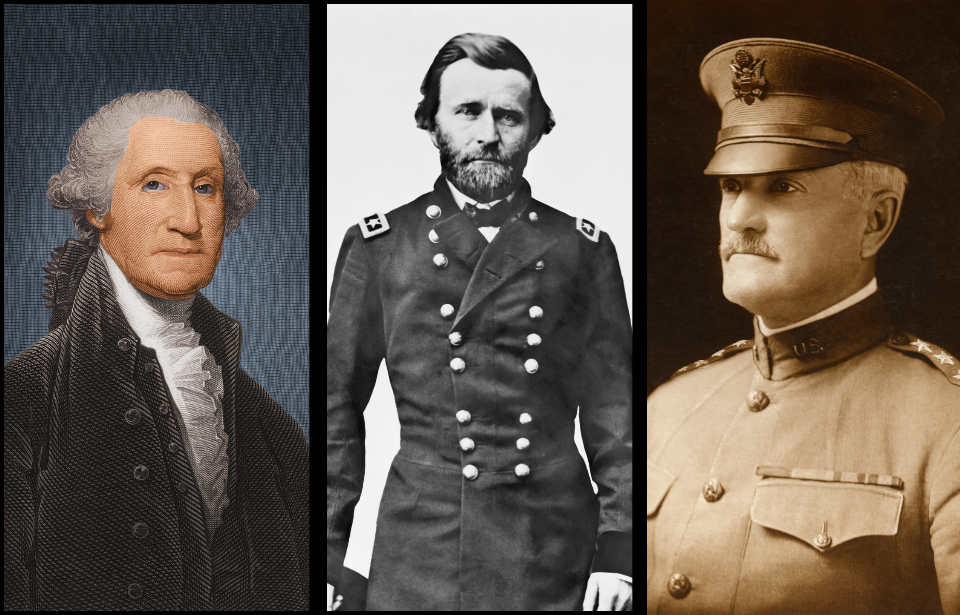John J. Pershing’s slow climb up the US military hierarchy
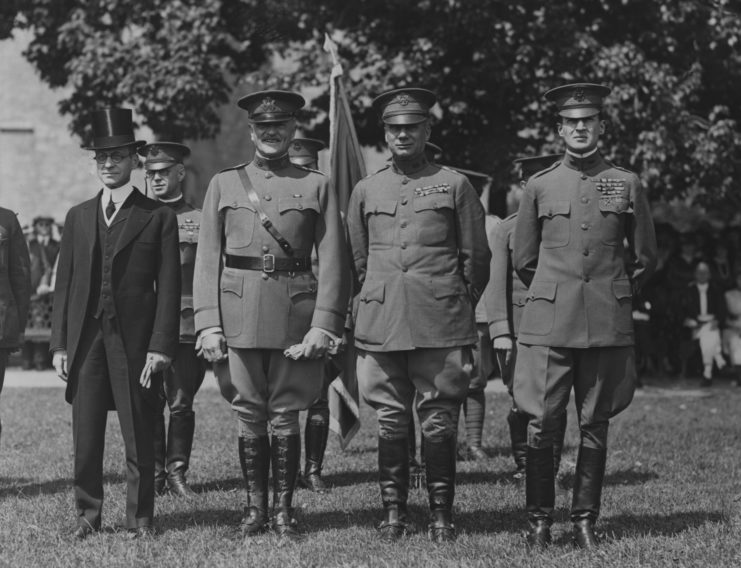
Long before he became a 6-star general, John J. Pershing attended the United States Military Academy West Point. Following his graduation, he spent the first years of his military career fighting the Apache and Lakota Sioux in New Mexico, as well as at other Western outposts. While in Montana, he was promoted to first lieutenant of the 10th Cavalry Regiment.
In 1898, Pershing and the 10th Cavalry traveled to Cuba to fight in the Spanish-American War. He fought in the battles of Santiago de Cuba and San Juan Hill, earning himself a Silver Citation Star that was later upgraded to the Silver Star and a promotion to captain. After heading to the Philippines to lead repeated efforts to subdue the Moro Rebellion, he earned yet another promotion, this time to brigadier general.
In 1916, US President Woodrow Wilson had Pershing lead an expedition in Mexico to search for revolutionary Francisco “Pancho” Villa, who’d recently raided Columbus, New Mexico. The search included approximately 10,000 soldiers and lasted nearly a year. However, despite the efforts of Pershing and his men, which included the defeat of Villa’s forces, the man remained at large.
John J. Pershing refused to sacrifice American lives
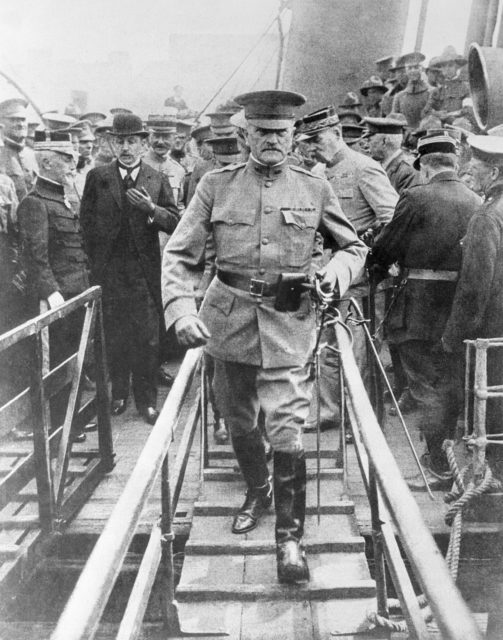
When the United States entered World War I, John J. Pershing’s military career reached a major milestone with his promotion to the highest rank at the time—General of the Armies, often considered equivalent to a six-star general. President Woodrow Wilson selected him to command the American Expeditionary Force (AEF) and sent him to France to organize and train a modern U.S. Army presence in Europe.
To accomplish this, Pershing developed the General Organization Report, which laid the foundation for building an army of one million soldiers by 1918, with a goal of reaching three million by the following year. His top priority was to turn inexperienced recruits into a skilled and disciplined fighting force.
While the French and British suggested that American troops be merged into their own depleted units, Pershing firmly resisted. He rejected the idea proposed by the Supreme War Council, famously dismissing it as “pouring new wine into old bottles.” Pershing insisted that U.S. soldiers fight as a unified American army, not as reinforcements for foreign commands, refusing to allow them to be treated as expendable replacements.
Promotion to six-star general
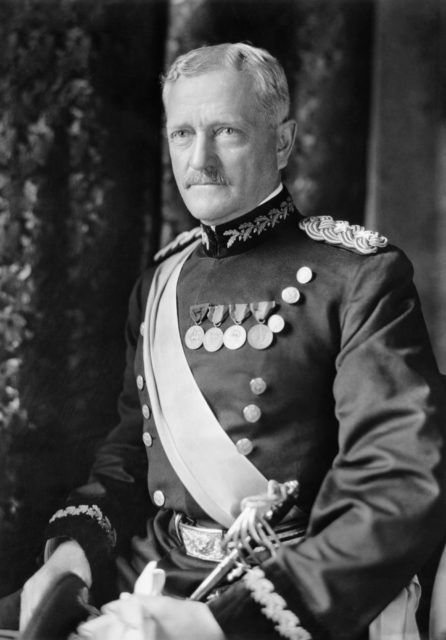
Upon returning to the United States, John J. Pershing was honored for his World War I contributions and became the first person to attain the rank of six-star general. This newly created rank, known as “General of the Armies of the United States,” had no established insignia. As a result, Pershing chose to create it himself, opting for gold stars instead of the silver ones used by other generals.
Pershing retained his six-star rank throughout the remainder of his military career. According to the US Army Center of Military History, he retired from the Army on September 13, 1924, yet continued to hold this rank until his death in 1948.
Trouble with George Washington’s military rank
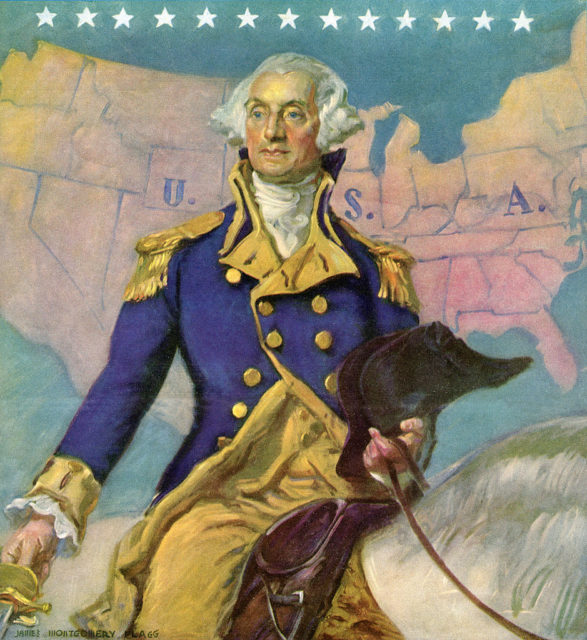
John J. Pershing is officially recognized as the first person to hold the rank of six-star general, a title formally known as “General of the Armies of the United States.” More than a century after his death, this same distinction was granted posthumously to George Washington. Although Washington had long been regarded as a foundational figure in American history—leading the Continental Army to victory in the American Revolutionary War and serving as the nation’s first president—he had died holding the rank of three-star lieutenant general.
A posthumous promotion to six-star general
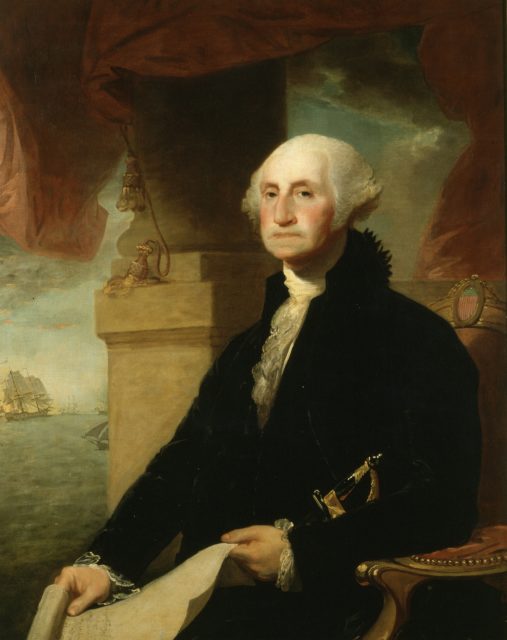
When George Washington was promoted to lieutenant general, the ranks of four-star, five-star, and six-star generals did not yet exist. When these higher ranks were later introduced, the U.S. Congress decided it was inappropriate for the esteemed military leader and former president to be outranked by officers who served during the American Civil War, the First World War or World War II.
To resolve this, Congress passed a law on March 13, 1978, posthumously promoting Washington to the rank of six-star general, General of the Armies of the United States, with the promotion backdated to July 4, 1976. The law determined that “no officer of the United States Army should outrank Lieutenant General George Washington on the Army list.”
Although John J. Pershing also held the rank of six-star general, he was not considered to outrank Washington, and his status remained unchanged.
Ulysses S. Grant showed military promise from a young age
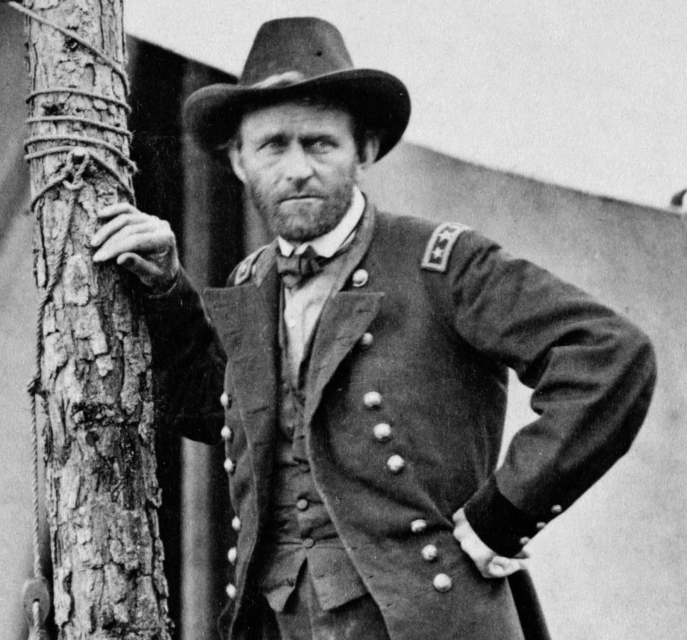
Prior to becoming the 18th president of the US, Ulysses S. Grant had dedicated his life to military service, attending West Point on the recommendation of Democratic congressman Thomas L. Hamer and, later, serving at the Jefferson Barracks, Missouri under the command of Col. Stephen W. Kearny.
Grant got his first taste of combat during the Mexican-American War, participating in the Battle of Palo Alto and several other engagements against the Mexican forces. The conflict allowed him to show his prowess on the battlefield and it didn’t take very long for higher-ups in the military to see the soldier’s potential.
Leading the Union forces to victory during the American Civil War
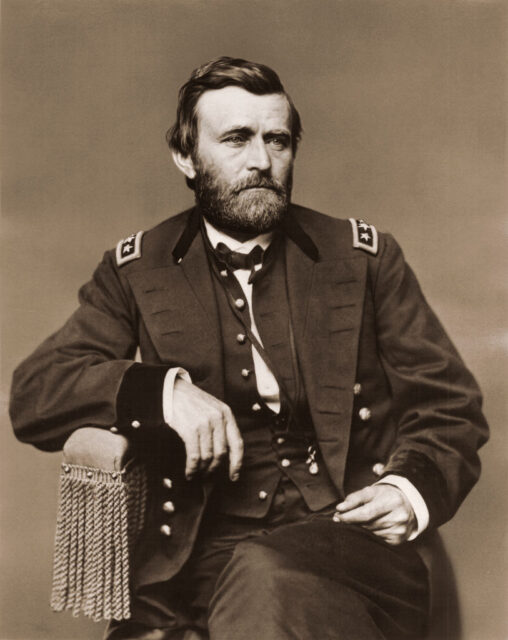
Fast forward to the American Civil War, where Ulysses S. Grant solidified his place in history. Called up by Illinois Gov. Richard Yates to lead the less-than-proper 21st Illinois Volunteer Infantry Regiment, he quickly showcased his ability to whip troops into shape. Before long, he’d been named brigadier general of volunteers (later to be major).
Over the course of the conflict, Grant led his men through many high-profile engagements, including attacks on Fort Henry and Fort Donelson and the casualty-heavy Battle of Shiloh. After skillfully succeeding in splitting the Confederate forces in two with the Vicksburg Campaign, the military leader set his sights on Chattanooga, followed by the controversial Battle of Cold Harbor.
By the Confederate surrender in 1865, Grant had risen to commander of the Army. He subsequently ran for the presidency and was sworn in, in 1869, serving two terms.
A long-overdue promotion to six-star general
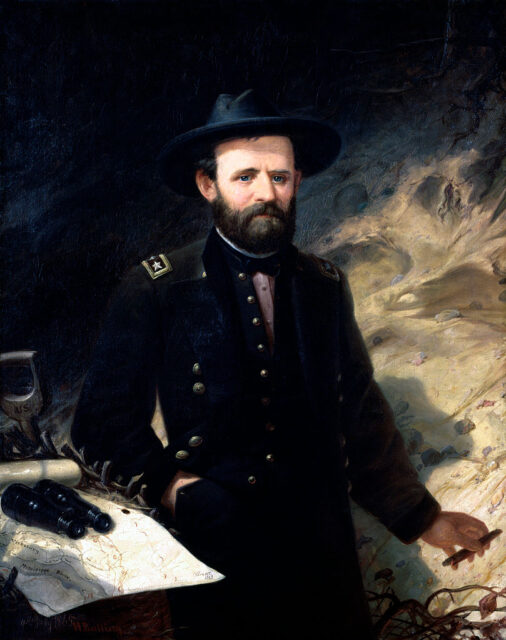
In December 2022, on the 200th anniversary of his birth, Ulysses S. Grant was posthumously promoted to the rank of six-star general. This was made possible by a provision in the 2023 National Defense Authorization Act, which was approved by the US Congress and signed into law by President Joe Biden, much to the satisfaction of military enthusiasts.
More from us: Battle of Tannenberg: An–nihilation of the Russian Second Army
With the promotion, Grant became the third individual to receive the title of General of the Armies of the United States. It’s unknown if we’ll ever see a fourth be promoted to the prestigious rank.
